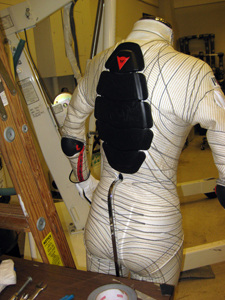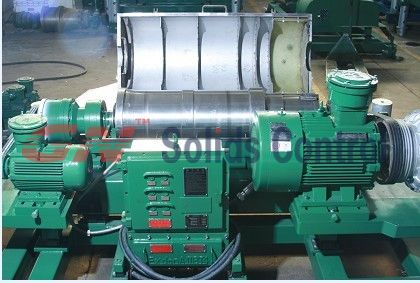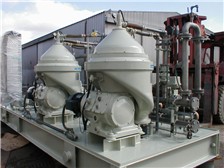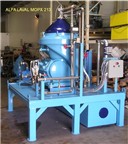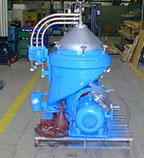While most of the presentations during the Knight/Kavli Universe Workshop talked about determining the properties of the universe or astronomical objects, our last day featured a presentation about manned space flight. To be honest, I wasn’t so excited about the talk beforehand, but that changed quickly. Dava Newman, a professor of aeronautics, astronautics, and engineering systems at MIT, gave a very interesting talk.

Her research touches on the medical issues astronauts endure as a result of living in microgravity (such as bone and muscle loss), ways to keep astronauts from experiencing these problems, and the latest spacesuit technology. I didn’t realize how extreme such medical problems were. During 6 months in spaceflight, an astronaut loses an average about 20 to 30 percent of his or her muscle mass, and 1 to 2 percent of bone density each month. On Earth, it takes about a decade to lose that same amount of bone density.
To help with muscle and bone loss, Newman’s group has designed a centrifuge that could fit in a module of the International Space Station. It takes 23 revolutions a minute to create 1 G at the “foot end” of the centrifuge. The astronaut can then perform squats or use attached bicycle pedals to exercise his or her legs in the simulated Earth gravity.
Later in the day, workshop participants toured the Man Vehicle Laboratory on MIT’s campus. A few people got to go on the centrifuge. Unfortunately, I had a pounding headache during the tour and decided spinning around at a rapid pace would probably be a bad idea.
Another awesome project Newman’s group is working on is a next-generation spacesuit. The current spacesuit is heavy (some 140 pounds), and it takes a lot of the astronaut’s energy to work against the suit (for example, when bending his or her arms and legs). It also limits movement. Instead of a bulky pressurized spacesuit, another option is a skintight suit with helmet. Such a suit allows for more normal movement and also applies the needed pressure directly to the skin (instead of filling a larger suit with pressurized gas).
During her presentation, Newman explained how her team designed the first prototype, called the Bio-Suit. To determine the suit’s structure and how it would move on the human body, they drew circles on the skin and saw how the circles changed shape during common movements. There are certain intersecting areas where the skin doesn’t stretch called “lines of non-elongation.” So these lines on the suit would be made of stronger material, whereas the rest of the suit (what stretches) is a more flexible material.Newman’s group has created a mockup, but it’s not space-ready yet. Their goal is by 2015. If this is the case, her team will definitely meet the new manned-Mars-mission projection of 2030. It’s exciting stuff!
source: cs.astronomy.com








